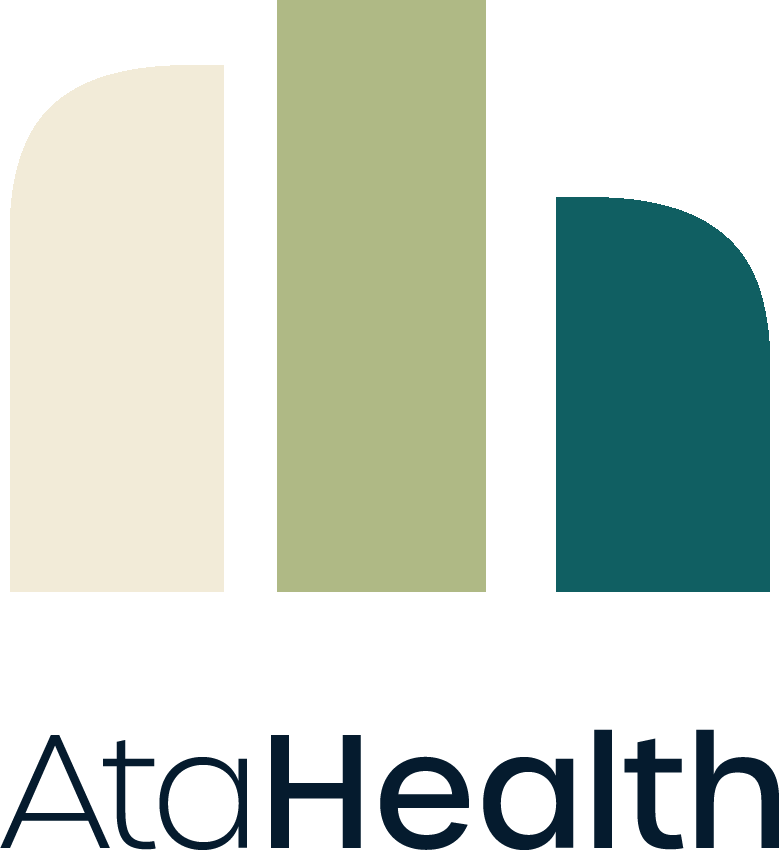Workforce Development Strategies
We systematically survey the landscape, the evidence-base and stakeholders to provide strategic insight to global initiatives and health systems in the design and improvement of health workforce development programs, with the aim to enhance impact and bring solutions to scale.
Global Reach II
HRSA/JHPIEGO
The HRSA Global Reach II initiative is a five-year, initiative funded up to $100 million, that aims to formulate high quality solutions for HIV control and translate new science related to mitigating the impact of global pandemics in the HIV response. Under prime partner JHPIEGO, Ata Health is responsible for supporting development and sustainability of peer learning collaboratives of subnational human resources managers, strengthening of human resource information systems and use of HR data, as well as organizational development capacity-building of local public sector HIV organizations for improved performance and sustainability.
HRH Strategy Development
HRSA/DS Federal
The U.S. Health Resources and Services Administered requested the Ata Health Principal to conduct a review of their entire human resources for health portfolio of activities under the President’s Emergency Plan for AIDS Relief. Ata Health was responsible for assessing alignment with new PEPFAR Priorities, conducting strategic analysis (including value chain analysis and competitor analysis) and for providing a strategic roadmap for improving the impact of programs and value to PEPFAR country offices. As part of this report, Ata Health provided recommendations for new program activities, some of which were funded in the same year.
ECHO vCOPs for CDC field staff
CDC/University of New Mexico
In order to increase knowledge, enhance leadership and management skills, as well as, improve staff morale and reduce isolation, CDC directly funded Ata Health to co-design and implement five virtual communities of practice (vCOP) for CDC field staff, including Country Directors and Deputy Directors. Sessions were held with representatives from over 50 countries across four continents. Ata Health designed and executed the M&E framework, including novel statistical methods for assessing the relationship between dose and outcomes, to determine the implemented effectiveness and impact of the initiative.
Learning Collaboratives for Social Determinants for Health
Health Leads
Ata Health conducted a robust landscape analysis of 64 learning collaboratives in the U.S. focused on social determinants of health, to examine common trends and identify best practices, and to make recommendations on Health Lead’s future equity-related learning collaboratives. Ata Heatlh also presented a research brief on design options for a learning collaborative integral to the North Carolina Department of Health Medicaid 1115 Waiver program, which was the first of its kind focused on social determinants for health.
African Labor Market Analyses
USAID/World Bank/IntraHealth
In two separate partnerships, Ata Health produced novel labor market analysis for the Africa health workforce. For the World Bank, Ata Health synthesized data from 15 different countries in the East, Central, and Southern Africa region, and conducted a literature review to help explain supply and demand factors. The report makes a global investment case for production of new health workers to address a regional shortage. For USAID / IntraHealth, Ata Health conducted a labor market analysis of the clinical health workforce, including doctors, nurses, clinical officers, pharmacists, dentists, and more. Through data imputation, the team designed a novel method to produce the first-ever national estimate of the private sector workforce for each of these cadres, and described key areas of under and over supply of health workers. Ata Health presented the report to the Uganda Ministry of Health, in advance of their HRH strategic planning process.
